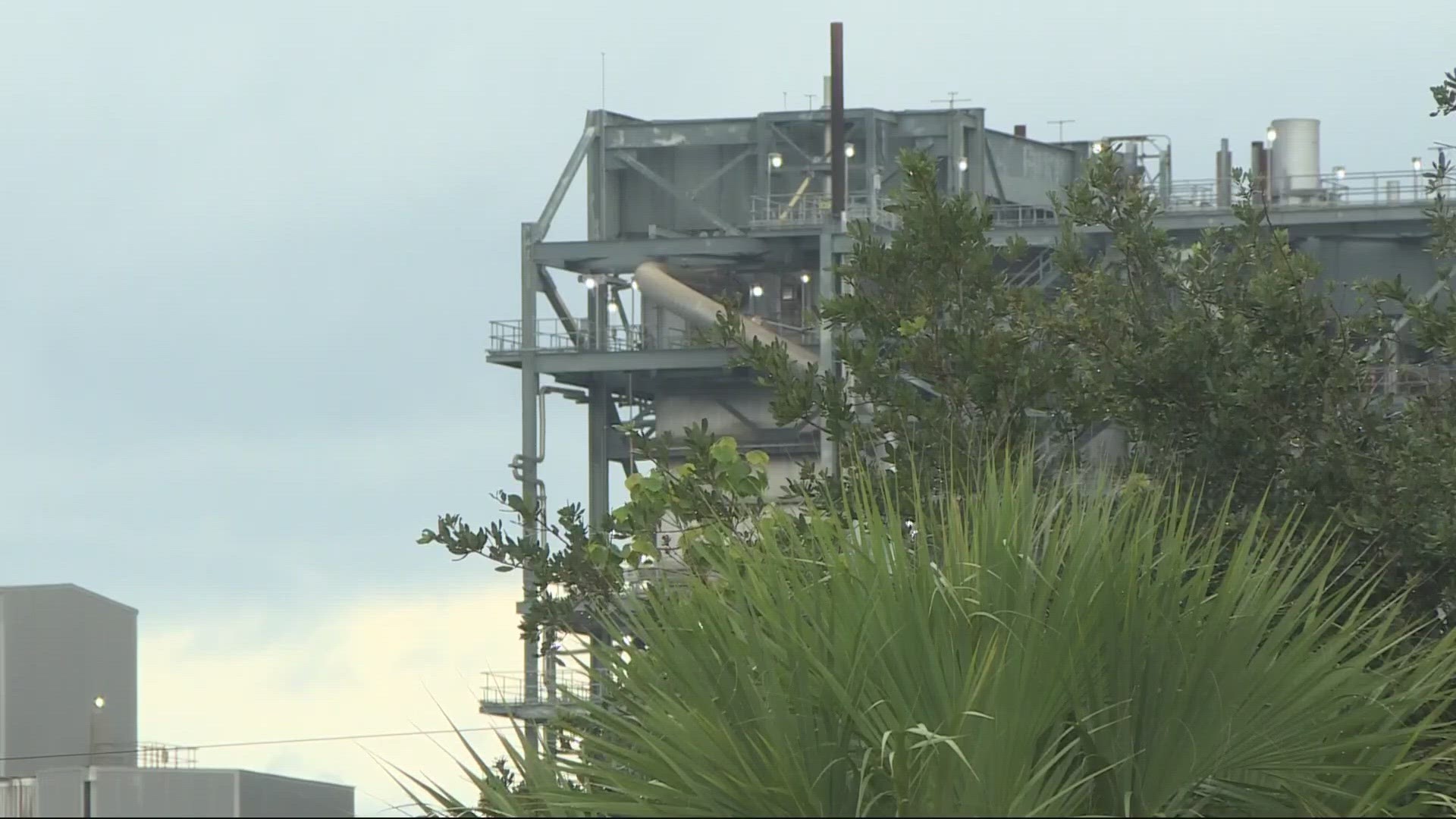JACKSONVILLE, Fla. — Record-breaking temperatures and more destructive storms are issues scientists attribute to climate change.
What can Jacksonville do to protect the environment, your family and your property? The city's public utility is making changes that will also impact your wallet.
JEA's clean energy plan is described as realistic by the CEO, but environmental advocates say it doesn't go far enough to truly make a difference in climate change. Sierra Club gave JEA a "D" grade on its clean energy plan in October, the second worst grade for a Florida utility.
“We're getting a message of essentially an organization or a company that's just addicted to or dependent on fossil fuels,” said Logan Cross, Sierra Club of Northeast Florida chairman.
Local environmental advocates are expressing disappointment in JEA's clean energy goals.
“I was disappointed," said Jacksonville environmental advocate John Burr. "We've all got to do our part."
As sources of electrical power are debated, those who hold the power of running Jacksonville's public utilities search for a balance.
"We have to balance both the cost and the impact to the environment," said JEA CEO Jay Stowe. "I think we're headed in the right direction."
The goal Stowe says is feasible is 35 percent clean energy generation by 2030.
"That's significantly higher than what we have now,” Stowe said.
Right now Stowe says less than four percent of JEA's energy comes from renewable sources. But 35 percent is a far cry from 100 percent clean energy, environmental advocates criticize, and they say the need for clean energy is dire.
"Our city is a big contributor to global warming," said Cross.
As JEA turns to new power sources including a new nuclear power unit in Georgia, its power plant on the northside that accounts for more than half of JEA's greenhouse gas emissions, according to Environmental Protection Agency data, remains under scrutiny. The plant produces 30 percent of JEA’s energy needs, according to the utility's spokesperson.
JEA's plan is to replace one unit of the plant, possibly with a combined cycle plant, which uses natural gas.
"By having energy that is coming from that resource at three to five percent instead of significantly more, it is much better for the environment," Stowe said. "And provides the right, stable capacity that we need to be able to operate our system."
Cross says replacing the unit with a combined cycle plant would be a step backwards.
“If they do that, they're essentially, let's say, committing themselves to fossil fuel dependence through 2050," Cross said. "That is almost a billion dollar investment and the lifespan of that plant would be 25 to 30 years.”
The cost of JEA's clean energy plan will also cost you. Stowe says there will be rate increases on electric for the next several years.
What's the cost if climate change is not slowed? Burr hopes JEA does more.
“I just hope that we can nudge them further in the direction of clean energy," Burr said. "It's important for all of us.”
JEA is planning for four new solar sites and an 80 percent reduction in carbon dioxide emissions compared to 2005.
You can join a meeting May 25 to voice your thoughts. Sign up here.

